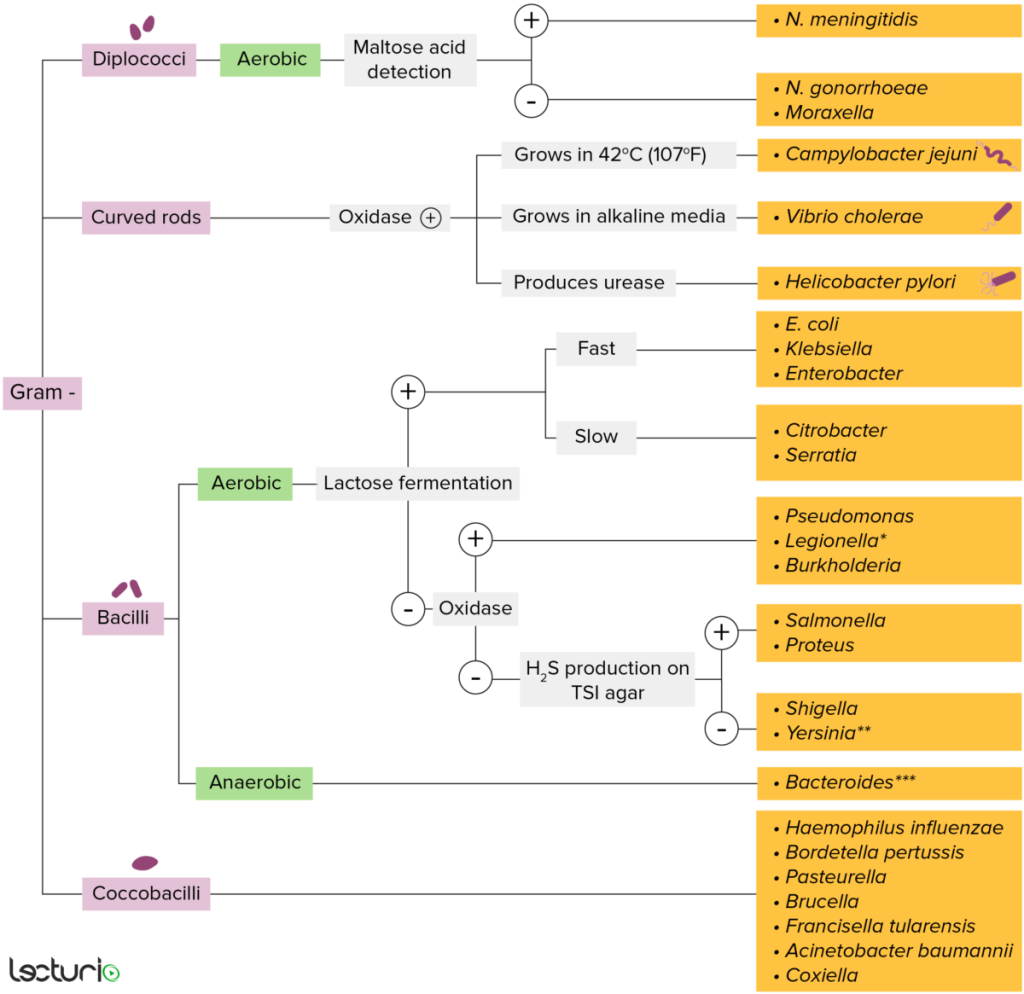Somatic Symptom Disorder
Helicobacter pylori is a gram-negative bacterium that causes gastric infection. It is the most well known and clinically significant species of Helicobacter. Transmission is believed to occur by ingestion of contaminated food or water; therefore, a higher prevalence of infection is seen in areas with poor sanitation. Certain bacterial features contribute to the pathogenicity of H. pylori: urease production (allowing survival in an acidic environment), motility (permitting movement to the gastric epithelium), and several toxins (creating local damage and inflammation). Chronic infection with H. pylori can lead to peptic ulcer disease or even gastric cancer in severe cases.
Classification

Pathogenesis
- Ubiquitous organism
- Humans are the primary reservoir.
- Acquired by:
- Ingestion:
- Oral–oral transmission: bacteria regurgitated with gastric content and temporarily colonize oral cavity
- Fecal–oral transmission: contaminated food and water supplies (poor sanitation)
- Person-to-person contact: clusters of infection noted in families
- Ingestion:
- Prevalence of infection:
- Typically acquired during childhood
- One of the most common chronic bacterial infections worldwide
- About two-thirds of the world’s population is infected
- Highest in developing countries
